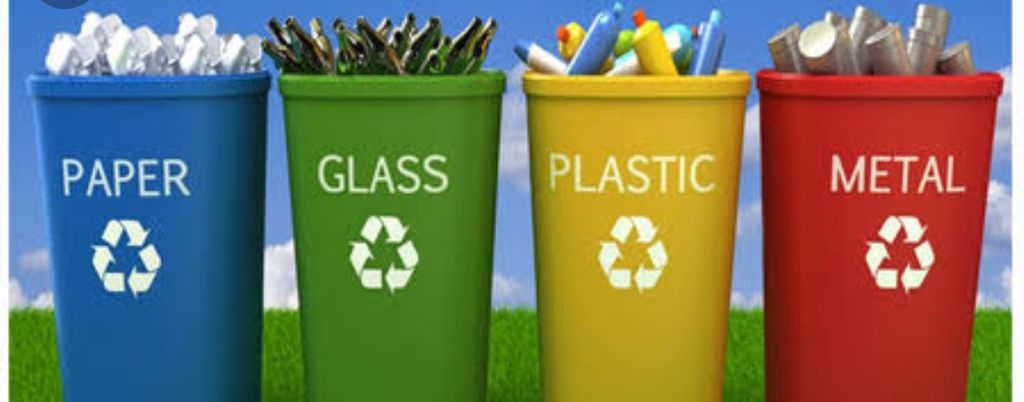Waste Management
Jun 05, 2019 • 22 views
According to Central Pollution Control Board Report 2017-18, 51.4 million tonnes of solid waste was generated in the country. Of this, 91 per cent was collected, and 27 per cent was treated and remaining 73 per cent disposed of at dump sites. There is a critical need for developing sustainable wealth generating models for India's waste. The potential is immense. It is estimated that India will have a waste management market to the tune of US $ 13.62 billion by 2025. With the concerted efforts of the government, increasing interest and participation of the industry, academia, non-for-profit organisations, and communities, the nascent waste management industry in the country is poised for a major turnaround.
The emphasis has to be 100 per cent collection and scientific processing/disposal /reuse/recycling of municipal solid waste. To ensure the success of this vision, the government is focusing on providing all support to municipal bodies to come up with design, execution and opertion plans for waste disposal systems. There is also an emphasis on private-sector participation and public - private - participation (PPP) in capital expenditure and operation and maintenance costs for sanitary facilities. Industries are also increasingly cognizant about waste management, right from the point of production. Sustainable development sets the goal of redesigning the product to use non-hazardous materials.

Waste can be recovered on-site, at an off-site recovery facility, or through inter industry exchange. A number of physical and chemical techniques are available to reclaim a waste material such as reverse osmosis, electrolysis, condensation, electrolytic recovery, filteration, centrifugation etc. For example, a printed-circuit board manufacturer can use electrolytic recovery to reclaim metals from copper and tin-lead plating bath. However recycling of hazardous products has little environmental benefit if it simply moves the hazards into secondary products that eventually have to be disposed of.
Installing more efficient process equipment or modifying existing equipment to take advantage of better production techniques can significantly reduce waste generation. New or updated equipment can use process materials more efficiently producing less waste. Modifying existing process equipment can be a very cost-effective method reducing waste generation. In many cases the modifications can just be relatively simple changes in the way the materials are handled within the process to ensure that they are not wasted.
